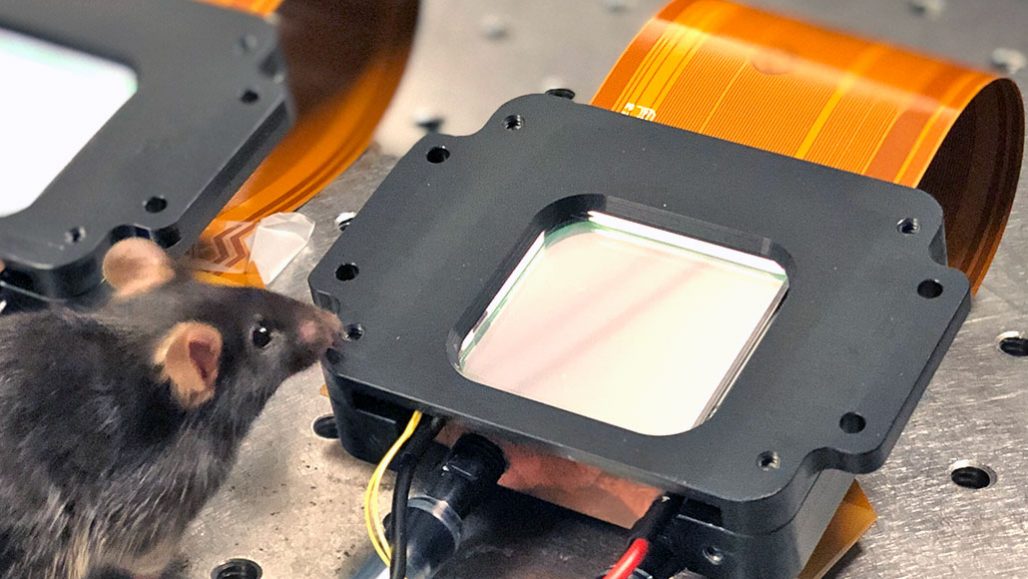activate (in biology) To turn on, as with a gene or chemical reaction.
behavior The way something, often a person or other organism, acts towards others, or conducts itself.
cell The smallest structural and functional unit of an organism. Typically too small to see with the unaided eye, it consists of a watery fluid surrounded by a membrane or wall. Depending on their size, animals are made of anywhere from thousands to trillions of cells. Most organisms, such as yeasts, molds, bacteria and some algae, are composed of only one cell.
horizontal A line or plane that runs left to right, much as the horizon appears to do when gazing into the distance.
laser A device that generates an intense beam of coherent light of a single color. Lasers are used in drilling and cutting, alignment and guidance, in data storage and in surgery.
liquid crystal A liquid made from an organic (carbon-based) material. Its physical structure consists of loosely ordered arrays of its molecular building blocks. Although a liquid, these arrays seem to resemble the ordered lattice seen in true, solid crystals. Also like true crystals, the liquid can refract light in ways that do not look the same from all directions.
nerve A long, delicate fiber that transmits signals across the body of an animal. An animal’s backbone contains many nerves, some of which control the movement of its legs or fins, and some of which convey sensations such as hot, cold or pain.
neuron An impulse-conducting cell. Such cells are found in the brain, spinal column and nervous system.
neuroscientist Someone who studies the structure or function of the brain and other parts of the nervous system.
optogenetics A technique that uses light to better understand genes and cells in the nervous system, especially the brain. Recent research is using the technology to study other types of cells and tissues too.
perception The state of being aware of something — or the process of becoming aware of something — through use of the senses.
protein A compound made from one or more long chains of amino acids. Proteins are an essential part of all living organisms. They form the basis of living cells, muscle and tissues; they also do the work inside of cells. Among the better-known, stand-alone proteins are the hemoglobin (in blood) and the antibodies (also in blood) that attempt to fight infections. Medicines frequently work by latching onto proteins.
rodent A mammal of the order Rodentia, a group that includes mice, rats, squirrels, guinea pigs, hamsters and porcupines.
taste One of the basic properties the body uses to sense its environment, especially foods, using receptors (taste buds) on the tongue (and some other organs).
tool An object that a person or other animal makes or obtains and then uses to carry out some purpose such as reaching food, defending itself or grooming.
trait A characteristic feature of something. (in genetics) A quality or characteristic that can be inherited.
vertical A term for the direction of a line or plane that runs up and down, as the vertical post for a streetlight does. It’s the opposite of horizontal, which would run parallel to the ground.








